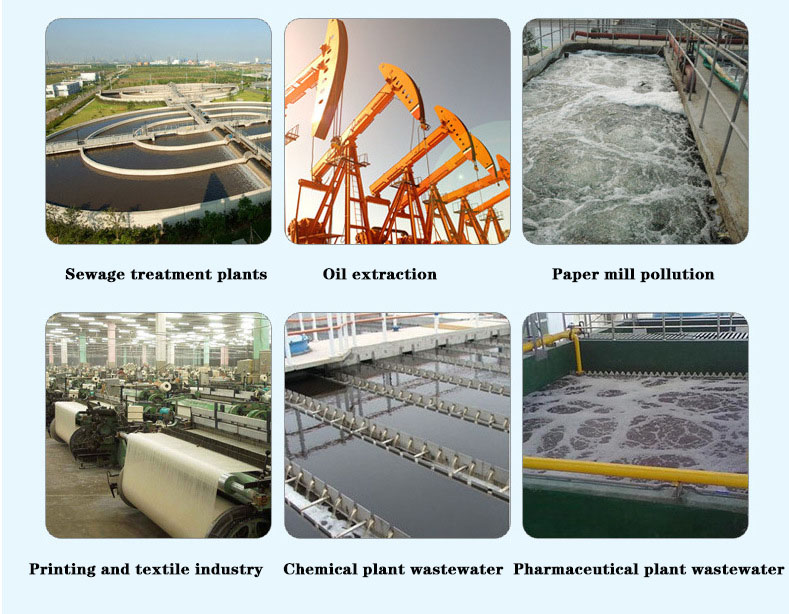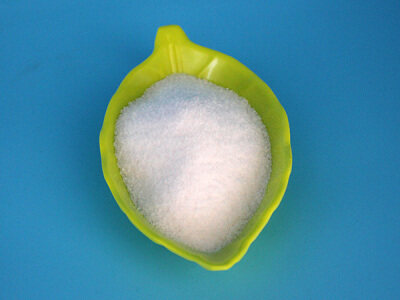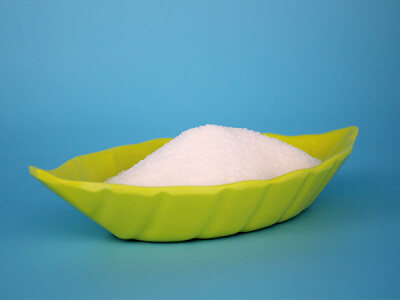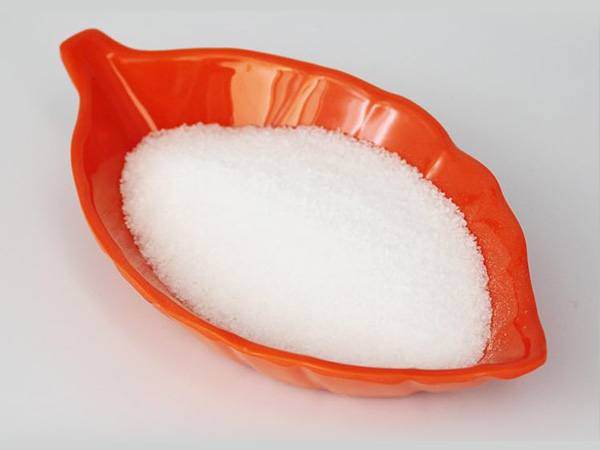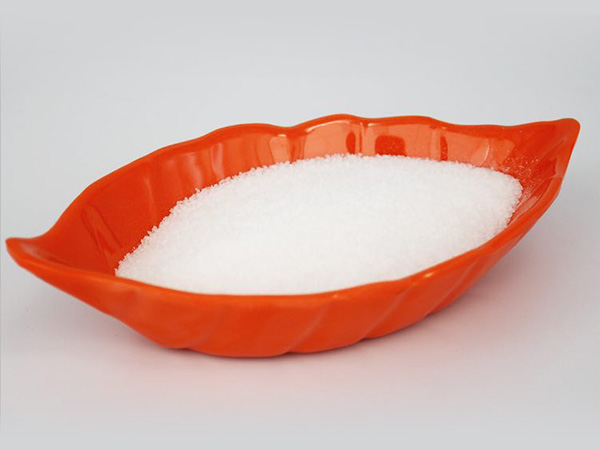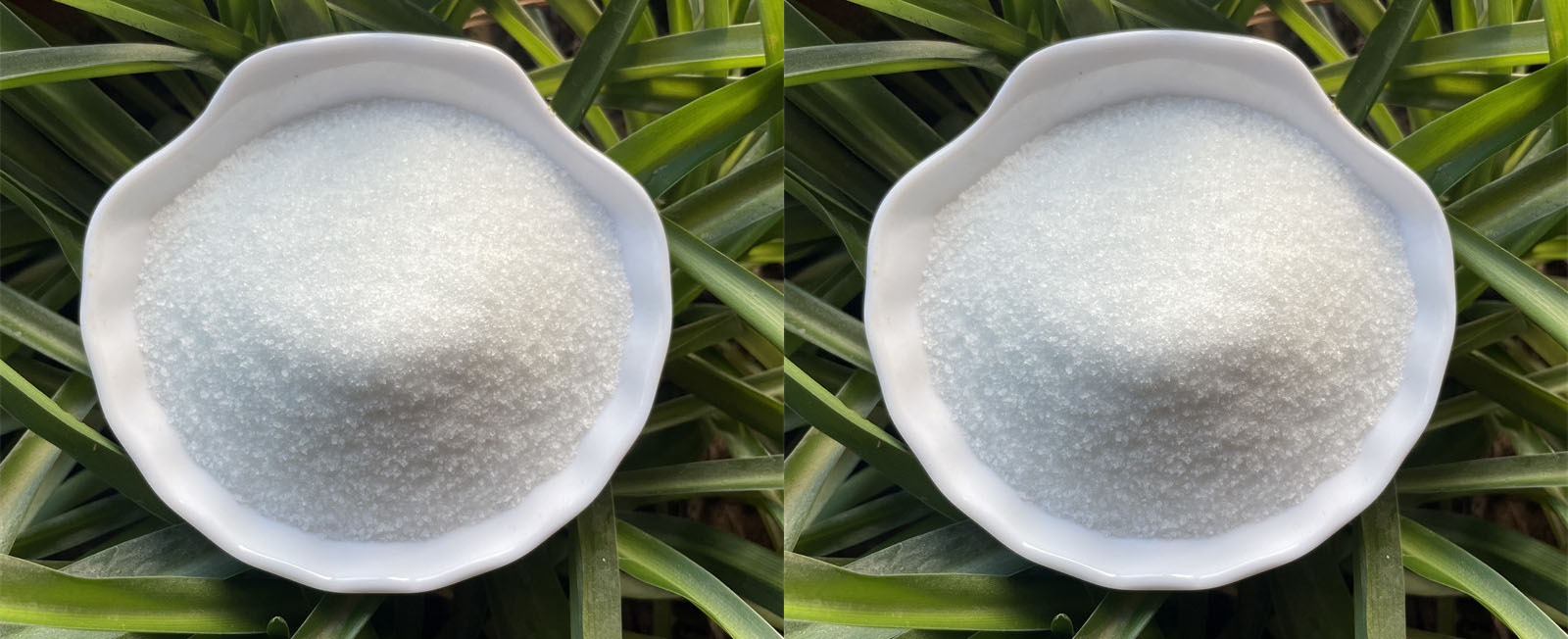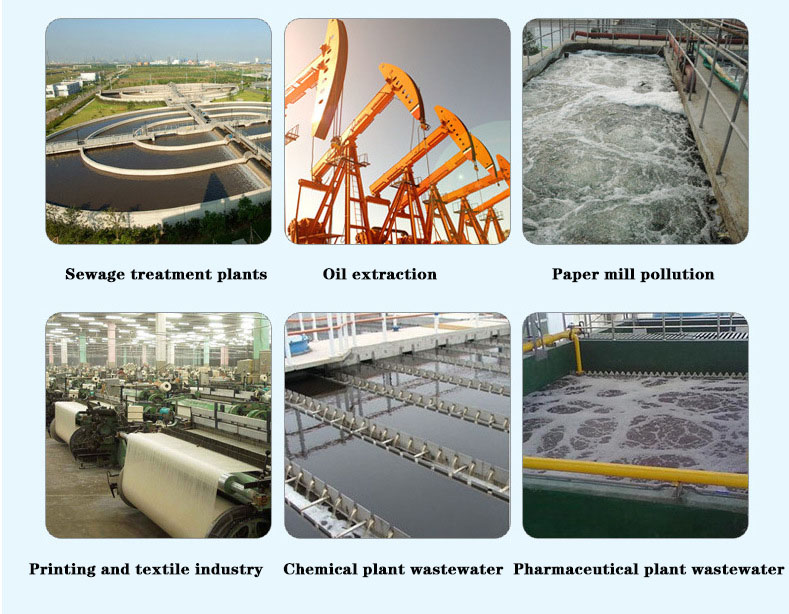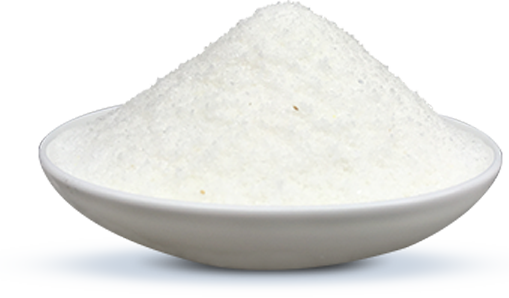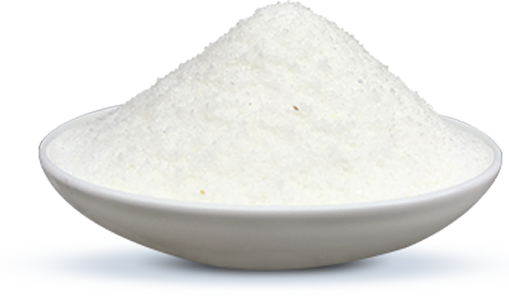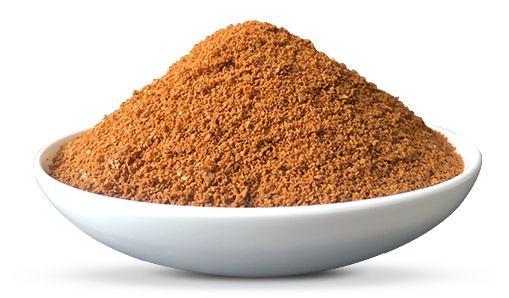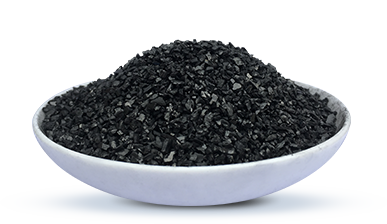Cationic polyacrylamide (CPAM) application areas
1. Used for industrial wastewater treatment. Especially for wastewater with coarse suspended particles, high concentration, positively charged particles, and neutral or alkaline pH values, such as steel plant wastewater,electroplating plant wastewater, metallurgical wastewater, coal washing wastewater, etc., the treatment effect is very good.
2. Drinking water treatment. The water of many water plants in my countrycomes from rivers with high sediment and mineral content, which is relatively turbid. Although it has been treated by sedimentation, it still does not meet
the requirements. It is necessary to add flocculants to make the water clear. Many water plants use inorganic flocculants, but the dosage is one-fiftieth of that of inorganic flocculants, but the effect is several to dozens of times that of inorganic flocculants. Sometimes it is better to use it in combination with polyaluminium chloride.
3. Used as a water plugging agent in oil fields, and an oil displacement agent for three times.
In oil production, CPAM is mainly used for drilling mud materials and improving oil recovery. It is widely used in oil field production operations such as drilling, completion, cementing, fracturing, and enhanced oil recovery.
It has the functions of viscosity increase, filtration loss reduction, rheological adjustment, gelation, diversion, and profile adjustment.
4. Papermaking field. Cationic polyacrylamide is mainly used for papermaking wastewater treatment and filtration aid. It also has a good effect on improving the retention rate of fillers. In addition, CPAM is also used for
papermaking wastewater treatment and fiber recovery.
5. Textile field. In the textile industry. PAM is used as a sizing agent and finishing agent for fabric post-treatment to generate a soft, wrinkle-resistant, and mildew-resistant protective layer. Using its strong hygroscopicity, it can reduce the breakage rate during spinning. CPAM as a post-treatment agent can prevent static electricity and flame retardancy of fabrics. When used as a printing and dyeing auxiliary, CPAM can make the product
have a strong adhesion and high brightness. In addition, PAM can also be used for the purification of textile printing and dyeing wastewater.
6. In the field of mining and coal washing. Using PAM as a flocculant can promote the sedimentation of solids in mining and coal washing recovery water, make the water clear, and at the same time recover useful solid particles to
avoid pollution to the environment.
7. Other fields. In the sugar industry. CPAM can accelerate the sinking of fine particles in sugarcane juice, promote filtration and improve the clarity of the filtrate. In the breeding industry, CPAM can improve water quality, increase
the light transmittance of water, and thus improve the photosynthesis of water. In the pharmaceutical industry and the building materials industry, CPAM can be used as a coating thickening dispersant, a sawn stone board coolant, and a ceramic adhesive. In agriculture, CPAM can be used as a highly absorbent material as a soil moisturizer and seed culture agent. In the construction industry, CPAM can enhance the hardness of gypsum cement and accelerate the
dehydration rate of asbestos cement.
